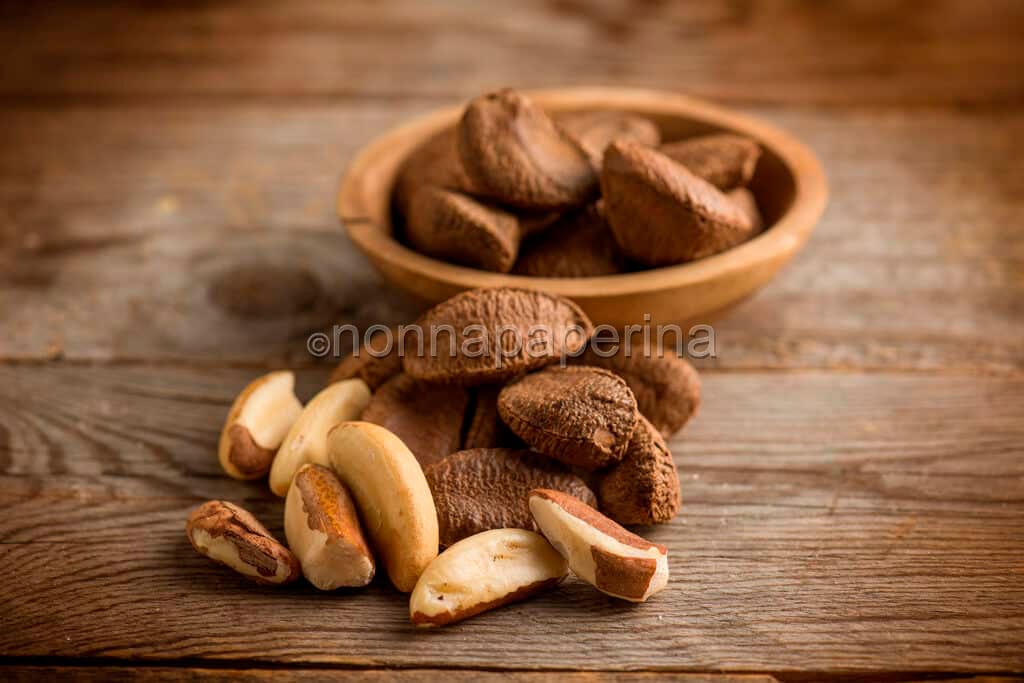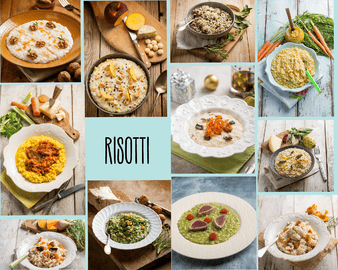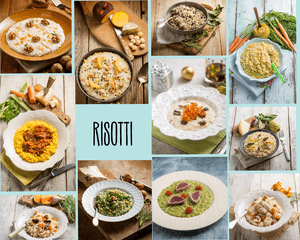Vitamins, 8 foods with the highest concentration

The main characteristics of vitamins
The body does not “feed” only on carbohydrates, proteins, and fats but also needs vitamins and mineral salts. These substances are called micronutrients because they must be taken in minimal quantities; otherwise, they will damage the organs, and in particular the kidneys and liver. This is only a theoretical danger since food itself contains few of them, in the order of micrograms. However, a lack of vitamins and mineral salts can lead to numerous disorders, in some cases even very serious. But what are vitamins? They can be defined as “coenzymes”, or substances that support the enzymes naturally present in the body during the execution of particular chemical reactions, essential for the proper functioning of organs and tissues. Additionally, several vitamins have an antioxidant quality that lessens oxidative stress, inhibits the effects of free radicals, and aids in the prevention of cancer.
Vitamins are not normally synthesised by the body, at least not directly. The only exception is vitamin D, which can be produced autonomously after abundant exposure to the sun. The remaining vitamins are classified as fat-soluble or water-soluble. The former is not stored by the body; therefore, they must be integrated daily through food (or supplements). The latter is stored in the liver and linked to dietary fats. Consequently, the development of a deficit is uncommon because of this accumulation dynamic.
For the remainder, inadequate dietary intake can result in vitamin deficiencies. This is frequently the result of eating a diet low in fruits and vegetables. Vitamins are categorised using the traditional “letter” system. The criteria are based on the function and benefit they fulfil rather than a particular chemical composition. As a result, while B vitamins may differ greatly from one another chemically, their effects on the body can nevertheless be comparable.
The functions of the main vitamins
I’ve included a list of vitamins below, along with a brief explanation of each one’s benefits and how they affect the body.
Vitamin A. It is a fat-soluble vitamin responsible for the proper functioning of the immune system and the improvement of visual function. It also has an antioxidant effect and has a favourable effect on the dermis.
B vitamins. Water-soluble vitamins that support the body in the production of energy and also generate an effect on mood. They are also involved in the synthesis of sugars and fats. B vitamins also include H and PP.
Vitamin C. It is arguably the most well-known water-soluble vitamin of all, both in terms of popularity and medicinal recognition. It is beneficial and a strong antioxidant, particularly for the immune system. It also improves the condition of the gums and teeth.
Vitamin D. A fat-soluble vitamin that can be synthesised directly by the body through exposure to the sun. Obviously, it is also found in some foods. It has an extraordinary impact on the immune system by stimulating antibody production. It also generates positive effects on the mechanisms of cellular reproduction, although it is not strictly an antioxidant.
Vitamin E. It is also fat-soluble; it has a greater antioxidant charge. It also has a good impact on the immune system, stimulates the growth of teeth in children, and promotes the integrity of dental enamel.
Vitamin K. It is soluble in fat and contributes to the processes of blood coagulation. Moreover, it promotes bone health and aids in the prevention of cardiovascular illnesses. It is a powerful antioxidant as well.

Plant-based foods
As I’ve already said, fruits, vegetables, and seeds are excellent sources of vitamins. These are the plant-based foods that are high in vitamins. For each food, you will find the most prevalent vitamin along with a brief summary of the other substances it contains.
Algae. They are not among the most consumed foods in the West, but they are very healthy. They contain extraordinary quantities of vitamin B12, which specifically helps prevent anaemia or alleviate its symptoms. Algae are also rich in iodine, which has a positive effect on thyroid function. In addition, algae have a very low calorie intake.
Kale. It is not among the most consumed foods because other varieties of cabbage are preferred. But because kale is a great source of vitamin K, which supports healthy bones and blood clotting, it’s vital for the body. Furthermore, this veggie is rich in potassium and iron, two mineral salts that are abundant in nature but still essential.
Yellow pepper. This food is widely consumed and appreciated. Fortunately, it is also one of the healthiest, as it is rich in vitamin C. It has higher concentrations than oranges, which are generally thought to be symbols of vitamin C, as well as green and red peppers. Despite popular belief, it is also easily digested and low in calories. In this sense, removing the outer peel is sufficient to assure its digestibility.
Brazil nuts. They have the highest level of vitamins ever. In fact, they are rich in three vitamins: A, C, and K. Brazil nuts are also very caloric but vital.

Food of animal origin
Animal-based foods also include vitamins, although in different forms and amounts. Here are the richest ones from this point of view:
Liver. Some hate it, others love it. The fact is that the liver is the most nutritious part of any animal. It is one of the foods that contain vitamin A in greater quantities as well as vitamin B12. It is also rich in mineral salts such as copper and iron, not to mention folates, which have an extraordinary antioxidant function. A good diet should include the intake of liver once or twice a week.
Molluscs. This category includes mussels, oysters, and clams. Like many foods of animal origin, they are rich in B vitamins, especially B12. Eating molluscs is especially good for the elderly, as the older you get, the more difficult it is to absorb B vitamins. Furthermore, they are delicious and low in calories, despite the non-negligible presence of omega-3 fatty acids.
Sardines. Among the most appreciated and consumed fish species, sardines provide large doses of vitamin B12, in quantities greater than those provided by red meat. Additionally, they contain a lot of omega-3 fatty acids, which have been shown to have numerous health benefits. Phosphorus makes a noteworthy addition as well, as it improves cognitive abilities. Finally, they are quite caloric, at least compared to other fish.
Cod liver oil. It is not a particularly consumed oil in Italy. Among other things, it also has a strong flavour and is therefore not suitable for all palates. It’s unfortunate because cod liver oil, especially types A and D, is extremely high in vitamins. The presence of omega-3 fatty acids and mineral salts is also high. However, given its caloric content, it is advisable to consume no more than a teaspoon a day. We are talking about an oil capable of providing 900 kcal, a figure similar to that of extra virgin olive oil.
All rights reservedCOULD IT BE INTERESTING FOR YOU

Risottos: Delicious ideas for easy and tasty recipes
Risottos: an endless array of recipes to explore One of the most recognisable Italian foods is risotto. They represent modern gastronomy's focus on ingredient quality and its capacity to turn basic...

Tarts: A Journey Through 10 Delicious Recipes
Delicious tarts for every taste Tarts are among the most loved desserts by adults and children alike. They evoke romantic imagery, which in turn recalls family lunches and snacks in the company of...

Sustainable Christmas lunch: ideas for an eco-friendly menu
Sustainable Christmas lunch ideas and delectable meals that seamlessly blend work and play With Christmas quickly approaching, now is the perfect time to consider the menu and organise an inclusive...





















